Making Cheap Booze More Expensive
A study has found significant health benefits.
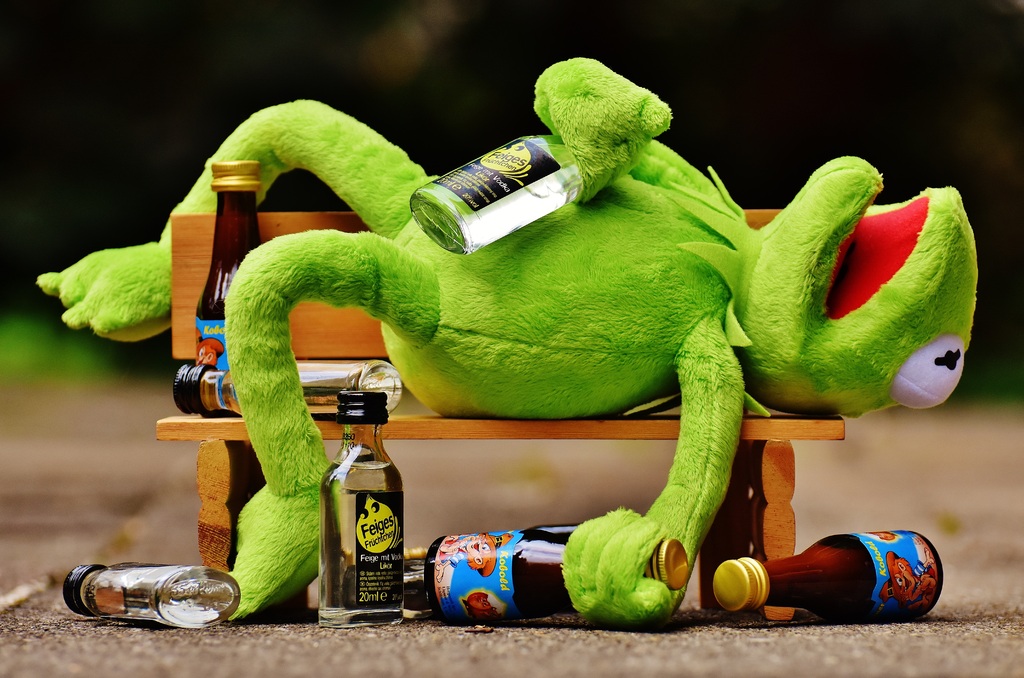
USA Today (“The argument for making alcohol more expensive: It could save lives, study suggests.“):
In 2018, the Scottish government made drinks more expensive if it contained more alcohol.
It was an effort to reduce drinking in Scotland, which has the highest rate of death due to alcohol consumption in the United Kingdom.
Now in a study published this week, Scottishpublic health officials reported its minimum unit pricing policy was associated with a 13% reduction in deaths from alcohol consumption since it was implemented.
That sounds pretty significant. Until the base rate is revealed:
That translates to about 150 deaths per year, according to the report published Monday in The Lancet.
Oh.
So, certainly, 150 fewer unnecessary or premature deaths is a good thing. But that has to be weighed against the additional costs borne by the entirety of society. It seems more a boon for the treasury than a major health initiative.
Researchers discovered the reduction in deaths was mainly due to long-term conditions, including a 11.7% decrease in deaths from alcoholic liver disease and 23% decrease from alcohol dependence syndrome.
The most significant impact was among people who lived in socio-economically deprived areas, where death rates are “more than five times higher compared to those living in the least deprived areas,” said Grant Wyper, public health intelligence adviser at Public Health Scotland.
So, again, that’s good! But another way of looking at it—indeed, my initial reaction when I saw the headline—is that we’re simply making it harder for poor people to drink. Those more well off will simply grumble at the increased cost but most aren’t going to change their lifestyle over it. The policy essentially punishes the poor for making choices society doesn’t approve of while allowing those who can afford it to carry on.
A minimum unit price for alcohol sets a floor price per unit of alcohol, according to the Scottish government, which means a drink will be more expensive if it contains more alcohol.
The minimum unit pricing in Scotland was set at 50 pence, or about 70 cents, per 8 grams of alcohol. One standard drink in the U.S. contains about 14 grams of alcohol. There is no national minimum unit pricing in the United States, though some states do have their own policies.
Unlike other alcohol policies, minimum unit pricing targets cheap alcohol typically consumed by heavy drinkers or young people.
“People who buy a lot every day tend to look for the best bargains,” said Tim Stockwell, former director of the Canadian Institute for Substance Use Research at the University of Victoria.
“Cheap alcohol is sought out by vulnerable people, young drinkers, heavy drinkers, people with alcohol dependence.”
So, sure, that makes sense. Why, I myself will stock up if I happen to be near the DC Costco or if there’s a sale at the local state-run liquor store. But, again, the policy is aimed at those whose behaviors can be governed by price controls.
Previous studies have shown how minimum unit pricing on alcohol has impacted sales and consumption, experts say, but few have shown how it directly impacts health outcomes, like death.
“Deaths from alcohol is the final arbiter,” Stockwell said. “It’s the most exact measure of the effectiveness of the policy compared to all the other studies indicating benefits.”
The study shows how minimum unit pricing impacted Scotland’s most vulnerable population, he said, something opponents of the policy have long debated.
“Any argument about whether it’s affecting heavy drinkers cannot be sustained,” Stockwell said. “The biggest effect was in socioeconomic regions of Scotland with the lowest incomes, so it’s a strategy that reduces health inequities.”
That’s an interesting way to frame it! The policy is intentionally regressive but thereby helps poor people!
Few states, like Connecticut and Oregon, have implemented a version of minimum unit pricing for alcohol, Stockwell said, and it may be a while before more states catch on.
“It takes decades for policy to follow research,” he said. “Alcohol producers want to make a profit, retailers want a profit, and consumers want a bargain.”
In a 2022 report, the World Health Organization outlined the benefits of minimum unit pricing, recommending pricing and taxation policies on alcohol. Some countries like Canada, Australia, and Ireland have joined Scotland in instituting such policies.
As more data shows the benefits of minimum unit pricing and how it reduces harm in vulnerable populations, experts hope that more countries will follow suit. Along with such policies, leaders must also work to address systemic issues that make this population particularly vulnerable to alcohol-related harms and diseases.


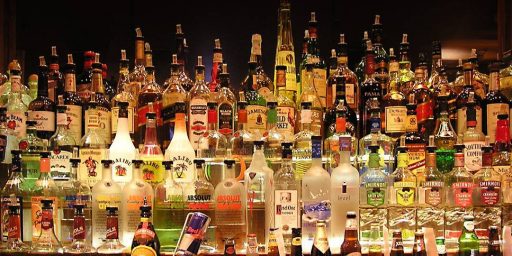
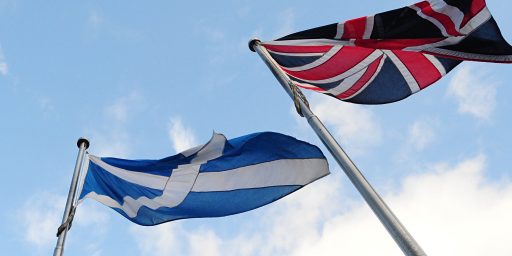
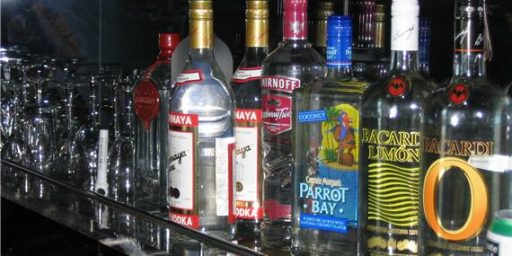
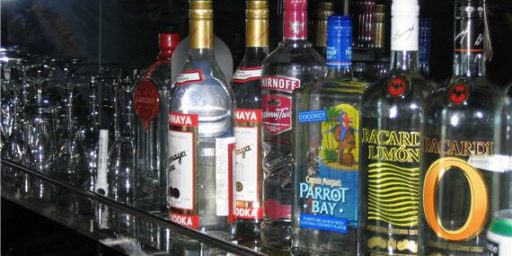
If the only negative result of excessive alcohol was death, I might agree that 150 is a small number. But death is only the most extreme outcome. I suspect there are many, many multiples on that for domestic abuse, rape, murder, homelessness, permanent brain damage, etc, etc
Of course there is certainly a relationship between the legal price of booze and the volume of trafficking and moonshining. Also, the use of other intoxicants, such as fentanyl, probably goes up. As a society we need to find the sweet spot between these factors.
Have they even considered the possibility that raising costs for the poor could be balanced – for the sake of equity – by lowering the cost of single malts?
The ghosts of the radical pietists are running strong on the blog today. Relax what we call Progressives today are pietists but gave up on Christianity a century ago, taking up the socialist worship of the state as god instead. In contrast to the Evangelicals, pietists who continued with Christianity.
“It is curious how people take it for granted that they have a right to preach at you and pray over you as soon as your income falls below a certain level.” – George Orwell, Down and Out in Paris and London
@JKB:.. the State’s business to enforce compulsory morality, to create the proper moral climate…
the State of Florida…
The scales of population throws the numbers off; 150 deaths in Scotland would be the equivalent of 10,000 in the US. Not exactly insignificant.
@Mister Bluster:
Game. Set. Match.
Are they actually measuring comparative deaths, or are they doing some kind of probability analysis? We’re talking about human behavior here and the first question I would ask is if the type of people who are going to die from too much alcohol is the same cohort as those who would be price sensitive and actually reduce their consumption.
Australia levies excise of $A97.90 per litre of alchohol on booze with more than 10% ABV (except for brandy, which is slightly lower as a sop to grape growers in marginal electorates). Government both left and right have obviously believed for decades that they can jack up the price of alcohol and tobacco with impunity, because anyone who complains will be buried in the scorn of moralisers and doctors.
A bottle of 12 year-old Tanduay rum, which costs about $A7 in its home country, would set you back more than 10 times that amount here (which is why it’s seldom available).